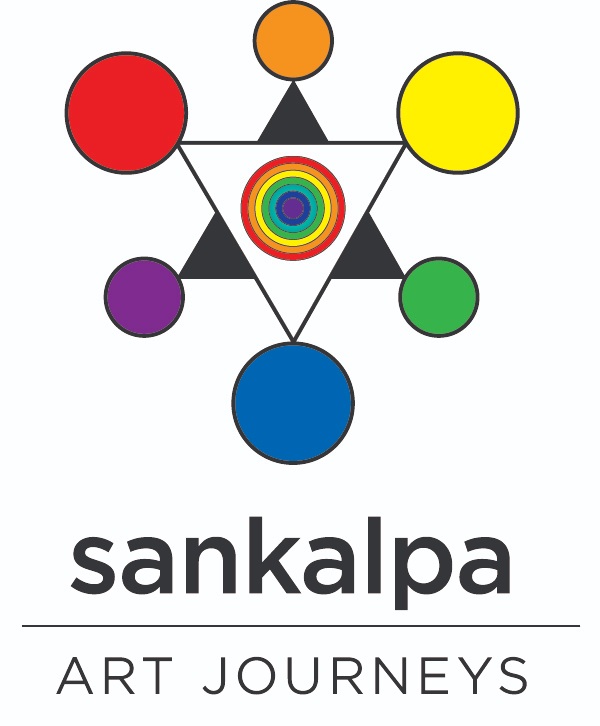This thesis work would not have been possible without the courageous participation of my art therapy clients, as well as Torkin Wakefield and the Ugandan women of Bead for Life. Below is the dedication from my written thesis (the final bound version totaling nearly 90 pages!), and please do not hesitate to contact me for any further resources, excerpts, or other information.
In celebration of the strength and resilience of women everywhere,
with special acknowledgment to those underserved and living with HIV/AIDS.
With gratitude for the support of the department faculty, my peers in the program,
and the SVA Alumni Society for their first award of $2,000 to a thesis project in Art Therapy.
In honor of my ancestors who were jewelers to royalty in India,
and to whom I owe my family name, Jhaveri, which means “jeweler” in the Gujarati language.
with special acknowledgment to those underserved and living with HIV/AIDS.
With gratitude for the support of the department faculty, my peers in the program,
and the SVA Alumni Society for their first award of $2,000 to a thesis project in Art Therapy.
In honor of my ancestors who were jewelers to royalty in India,
and to whom I owe my family name, Jhaveri, which means “jeweler” in the Gujarati language.














